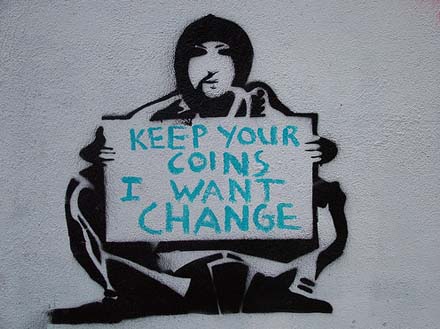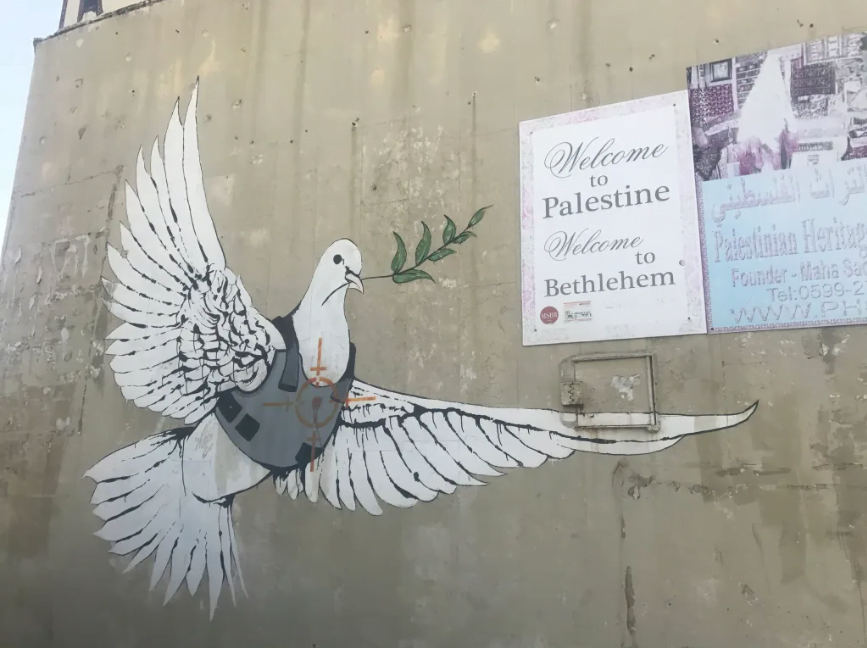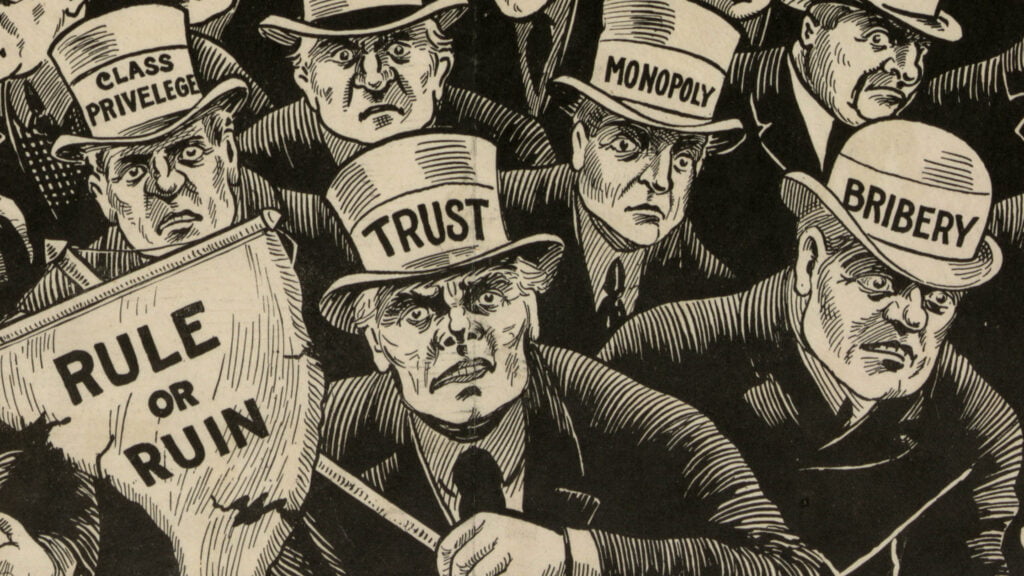When it comes to the complex interplay between art and politics, human expression and societal transformation are frequently veiled in obscurity. Politics and the arts have a complex relationship. By promoting the prevailing political and ideological viewpoints, art may contribute to political debate.
However, art is frequently a disruptive medium that may be used to alter current social and political realities. Art may reinterpret many social systems or address specific political concerns (for instance, it can highlight various power dynamics in society or provide other explanations for certain occurrences).
Our findings go beyond how this link has traditionally been understood. It seems that art actively contributes in many different ways to politics rather than acting as a passive observer. Art has a crucial role in cultivating critical thinking, arousing aesthetic senses, influencing the development of communities, and even promoting peace and order. We find that politics are closely related to an artist’s worldview and notion of human beauty when we dig further into the politics hidden in art. This exploration underscores the significance of art in raising awareness about communal, social, and economic issues.
Art and Politics: An Overview
Artists can be activists as part of a political movement or organization, but they frequently influence political change on their own without joining any pre-existing political force.
Since art is a fundamental component of society, it reflects socioeconomic and political conditions and sheds light on people’s behavioral patterns throughout particular historical eras. It also significantly influences the community’s needs and artistic tastes (Terzi, 2008). Today’s governments actively participate in the fine arts for a variety of reasons, including economic, social, political, and ideological ones (KovancÕlar and Kahriman, 2007).
The connection between art and politics is based on ideological frameworks formed by people with varied beliefs and interests pursuing power (Kapani, 2007). This dynamic recalls Plato’s concept of the “ideal state” and the concept of art’s “autonomy.” Plato saw art and politics as essentially distinct, with art lacking competence in the sphere of politics and perhaps leading us astray by ruling our emotions (Kreft, 2009). Plato claims that art exists in a world that can only be comprehended via the intellect rather than the senses (Moran, 2004).

By highlighting the idea that art should be free from any outside goal except its inherent worth, the notion of art autonomy, which argues for the independence of art from any political influences, aims to address this possible contradiction (Kreft, 2009). This study explores the complex interrelationship between art and politics, examining issues like how art affects political discourse, how artists’ political activism affects both art and politics, how art’s distinctive political perspective affects society and politics, and how an artist’s political views relate to the audience they are trying to reach.
Bringing the Invisible to Light

Art frequently plays a crucial role in making the invisible visible, focusing awareness on overlooked political concerns. A famous example is the famed street artist Banksy, who is known for his politically charged works that address a variety of issues ranging from war to migration and beyond. His advocacy reached the pinnacle in 2015 when he started on a mission.
Banksy began his voyage in Gaza, where he painted multiple murals that acted as heartbreaking reminders of the ongoing Israeli-Palestinian conflict, drawing global attention to this decades-long conflict. He subsequently relocated to the neighborhood of Calais, France, where he created a series of artworks depicting the ongoing migrant situation.
These works of art serve as mirrors for our society, providing various viewpoints on urgent political issues. They don’t give ready-made answers but rather raise significant questions about the world around us.
The Impact of Participatory Art on Community Rebuilding
Art has a wonderful capacity to bring people together around a shared aim. It may be a source of inspiration, encouraging individuals to become change agents in their communities. These socially oriented art practices frequently take the form of participation initiatives, in which inhabitants of a given location work together to improve their community.
The Granby Four Streets project is one such outstanding achievement. Architects collaborated with people to remodel ten residences and a slew of derelict storefronts in this neighborhood. Beyond ordinary urban redevelopment, this project had a critical goal: to reduce unemployment in an economically worried region by offering construction jobs and training opportunities.
The art collective known as Assemble garnered the prestigious Turner Prize in 2015 for its exceptional work on this participatory art project, a testament to its power in empowering communities to take charge of their living spaces.
How Can Art Be Used to Promote Political Change?
Art serves as a dynamic and influential force for promoting political change, offering a multitude of avenues for engagement:
– Raising Awareness:
Art has the unique potential to illuminate social and political concerns that would otherwise go unnoticed. Artists may educate the public about vital issues by creating visually appealing and thought-provoking works, igniting a collective consciousness that motivates action.
– Challenging the Status Quo:
Art has the potential to challenge conventional wisdom and present novel viewpoints. Artists inspire society to view familiar landscapes in novel ways by presenting the world through a different lens, establishing an environment conducive to imagining a better future.
– Building Community and Solidarity:
People may come together via art, and it can foster a sense of belonging and purpose. Individuals are empowered by inclusive and interactive works of art, giving them a voice and a sense of community.
– Inspiring Action:
Art can be a catalyst for action, motivating people to effect change in the world. Uplifting and aspirational creations encourage individuals to strive for a better tomorrow.
Examples of Art Influencing Politics
1. The AIDS Memorial Quilt: This massive community art effort serves as a moving memorial to individuals who died as a result of AIDS-related conditions. The quilt has been a strong instrument for raising awareness about the AIDS pandemic, pushing for research funding, and supporting humane treatment, in addition to being a meaningful tribute.
2. The Guerrilla Girls: A group of anonymous female artists who use their art to confront ingrained sexism and bigotry in the art industry. Their banners, billboards, and artworks highlight gender and racial inequities, calling for industry change.
3. Black Lives Matter Movement: Art has played a central role in raising awareness about police brutality and racial injustice. Through paintings, murals, sculptures, and other mediums, Black Lives Matter artists capture the experiences of Black individuals in America and call for an end to racism and violence.
The Various Forms of Political Art

Political art is a varied and influential genre encompassing numerous artistic expression types. Among the most frequent kinds of political art are:
1. Protest Art: This type of art is used to express dissatisfaction with certain political policies or behaviors. Its goal is to raise awareness about important issues, organize support for a cause, or give an outlet for displeasure and fury. Protest posters, thought-provoking street art, and captivating performance art are all examples of protest art.
2. Propaganda Art: Propaganda art is used to promote a specific political ideology or point of view. Its objective is to affect public opinion and it is frequently commissioned by governments or political parties. Political cartoons that transmit themes, passionate war posters, and appealing campaign advertisements are examples of propaganda art.
3. Satirical Art: Satirical art makes fun of and lampoons political individuals and institutions by using comedy and irony. It is an effective technique for exposing hypocrisy and questioning accepted conventions. Sharp political cartoons, smart comedy series, and thought-provoking movies are a few examples of satirical art.
4. Documentary art: This kind of art focuses on capturing social and political truths. Important concerns are brought to light, marginalized populations’ voices are amplified, and historical events are preserved for future generations. Impressive reportage, insightful documentaries, and stirring social realism artwork are a few examples.
5. Conceptual Art: Rather than traditional creative forms, conceptual art dives into social and political themes through ideas and concepts. It frequently questions traditions and invites viewers to see the world in new ways. Conceptual art may be found in thought-provoking installations, thought-provoking performance art, and thought-expanding video art.
Political art transcends traditional categorizations and extends across genres such as painting, sculpture, photography, music, and literature. For instance, the iconic painting “Guernica” by Pablo Picasso is a poignant example of anti-war art, while George Orwell’s novel “Animal Farm” remains a timeless classic of satirical political literature.
How Art is Used to Promote Political Propaganda
Notably, not all examples of political art strive to improve the world or challenge the established status quo. Some artworks are purposely designed to support current power hierarchies in society. Artists are often commissioned to create works that support certain political ideas. Propaganda is a term used to describe this type of politically driven art. Its fundamental goal is to alter reality by spreading ideas that assist one cause while diminishing another.
Propaganda art takes many forms, including paintings, sculptures, public installations, and others. Notably, political posters from the Cold War era are sometimes regarded as the epitome of visual propaganda. While propaganda art is frequently linked with authoritarian governments, it is critical to recognize that propaganda has existed in diverse forms throughout history.
Wrapping Up
It is my objective in this piece to emphasize the reciprocal influence and deep interaction between art and politics. Art may promote political change by raising awareness, questioning the current quo, strengthening communal relationships, and sparking action. To demonstrate the wide diversity within this genre, I’ve classified numerous genres of political art, such as protest, propaganda, satire, documentary, and conceptual art.
Politics, on the other hand, acts as a source of inspiration for artists, fueling their creativity and molding their work. As a final point, it is critical to remember that art and politics, while strong on their own, have transforming potential when united. Art gives us new views and dreams for a better future, while politics provides the means to make these ideals a reality.










